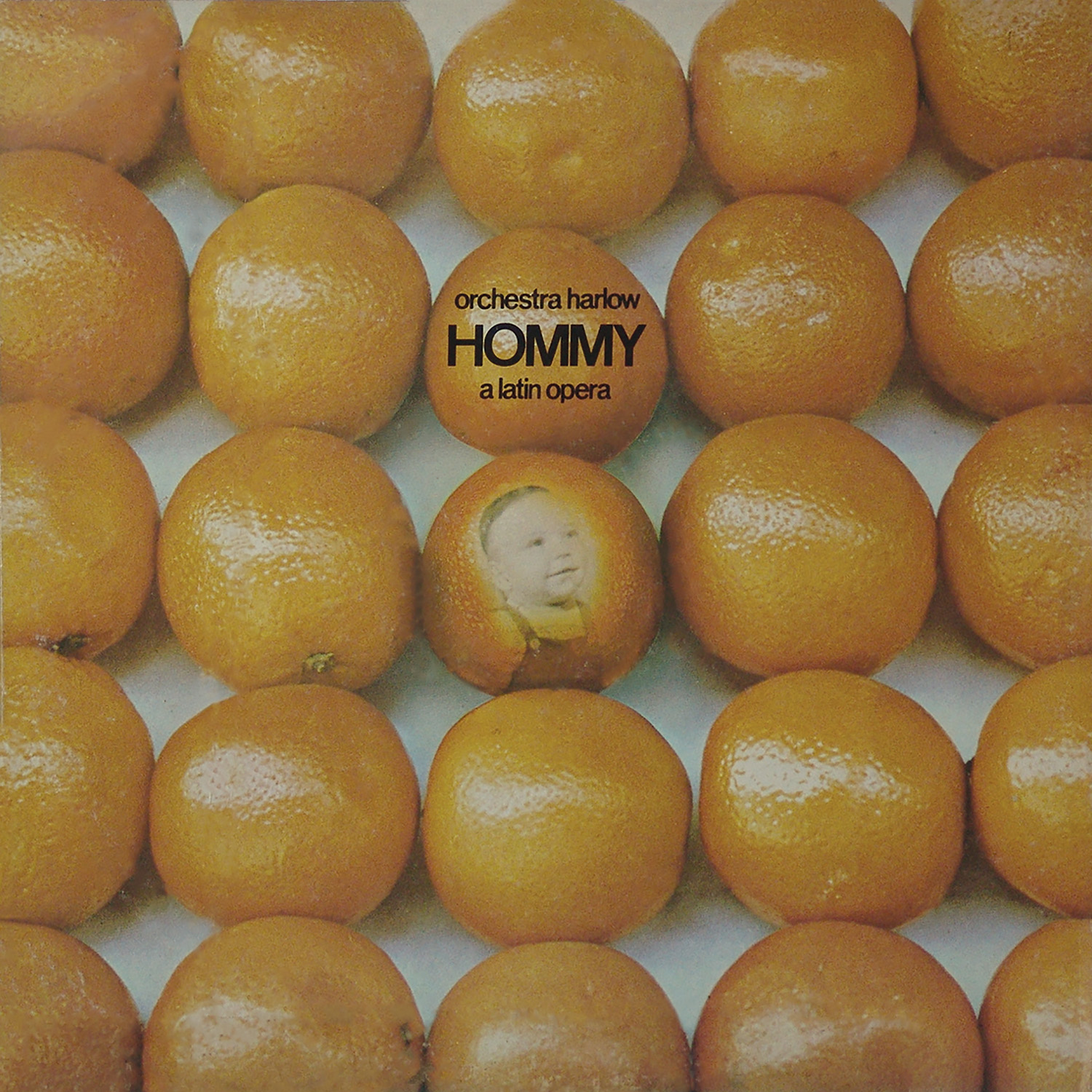
“Al, you’ve got to check these guys out” was exclaimed by percussionist, Mike Collazo, when he pleaded with Al Santiago, owner and producer of Alegre Records, to venture over to The Triton Club in the Bronx to listen to Johnny Pacheco’s Charanga band. Pacheco had been playing flute and percussion for Alegre’s Charlie Palmieri orchestra off and on for five years prior. Upon listening to the sound of Johnny Pacheco y su Charanga, and witnessing the effect this music had on dancers, Al signed him up. In 1961, “Spotlight on Pacheco” became Alegre’s first album release, and it was an overwhelming success, selling over 100,000 albums while putting Pacheco, Alegre and the Pachanga movement on the map for years to come.
The Pachanga sound and dance had flourished in Cuba for many years before Johnny Pacheco and his band introduced it to New Yorkers. Pacheco’s interpretation of La Pachanga used rhythmic violin riffs to accompany his electrifying flute solos. No horns were used. The Pachanga dance was created and required dancers to hop from one foot to the other while swaying to the music. Once, while performing for a large crowd at New York’s Palladium Ballroom, Pacheco pulled out his handkerchief and waved it while wiping his brow. The dancers caught wind of this and pulled out their own handkerchiefs, waving them as well. This move caught on before long and the waving of handkerchiefs became a major component to the dance routine. Everyone was doing it.
Sadly, while writing this, this writer learned of the sudden passing of Johnny Pacheco, who had lost a bout to pneumonia. He was 85 years old.
Born Juan Azarías Pacheco Knipping in the Dominican Republic, Pacheco and his family moved to New York when he was 11 years old. His first marriage ended up in divorce but gave Johnny the opportunity to meet Jerry Masucci, a divorce lawyer and former New York City cop who had taken a liking to Cuban music while stationed at Guantanamo Bay during the Korean War. The two of them hit it off and decided to create a record label. And in 1964, Fania Records was created by the two of them. The rest, and the incredible journey of Fania Records, is history.
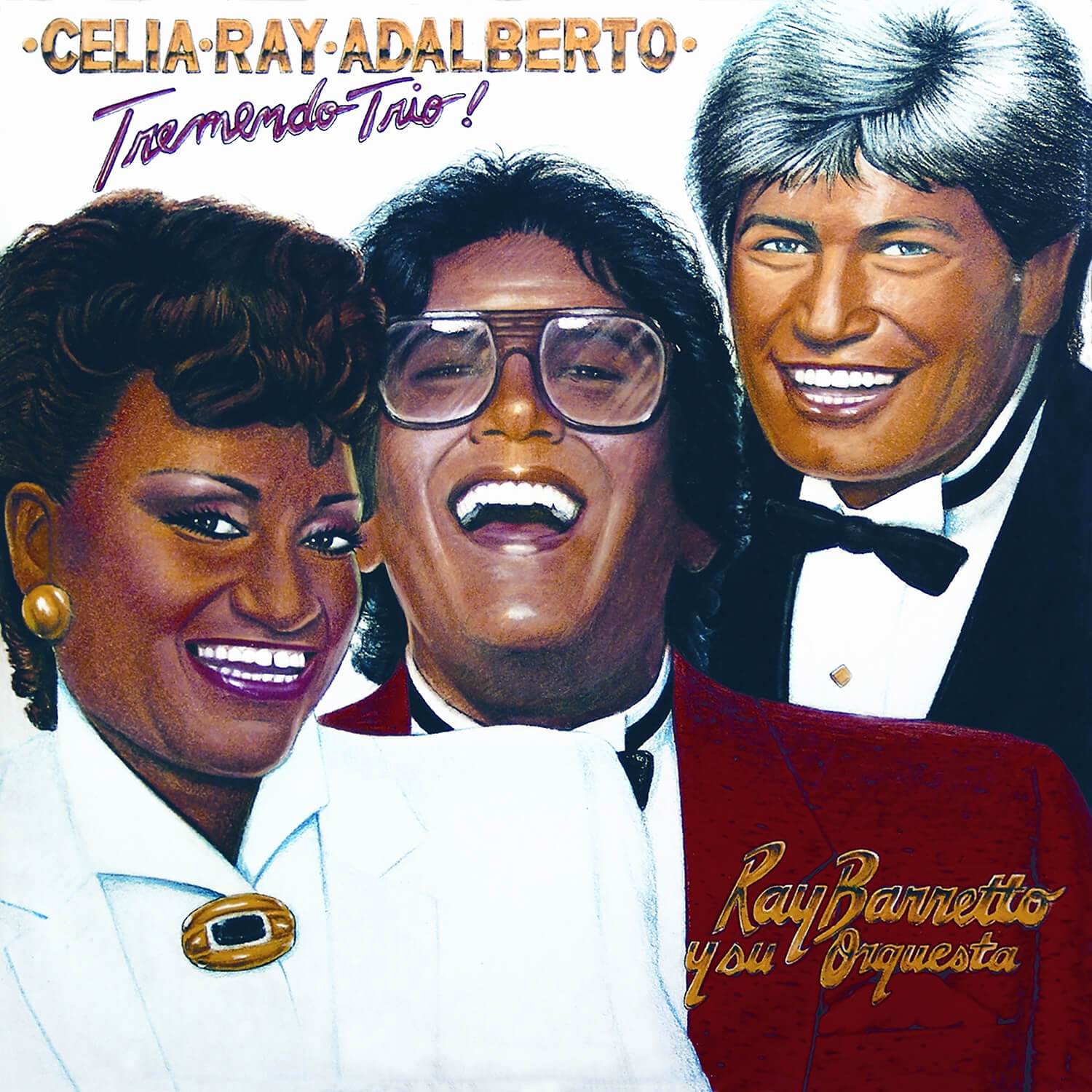
Ray Barretto, Adalberto Santiago & Celia Cruz – Tremendo Trio
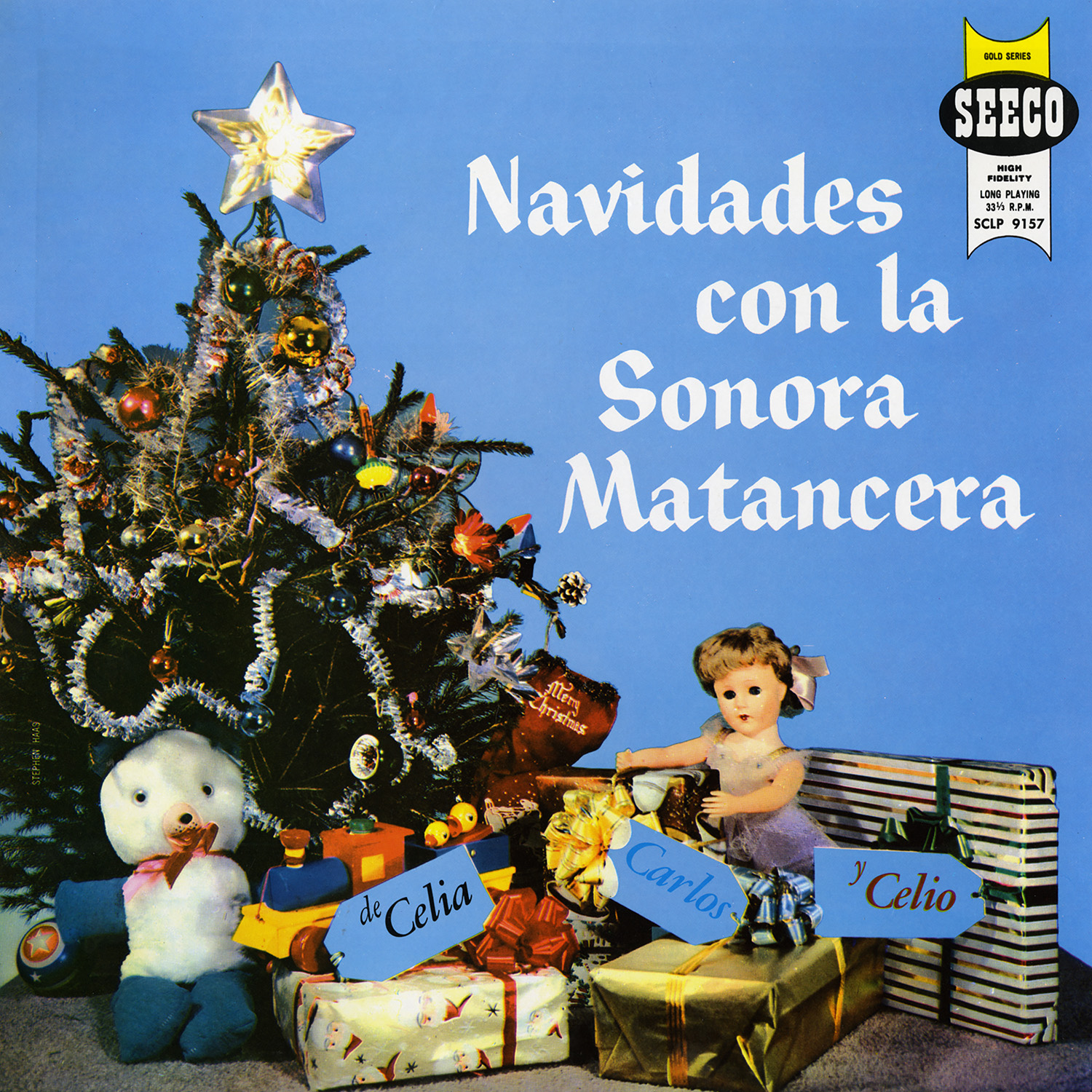
Navidades Con la Sonora Matancera
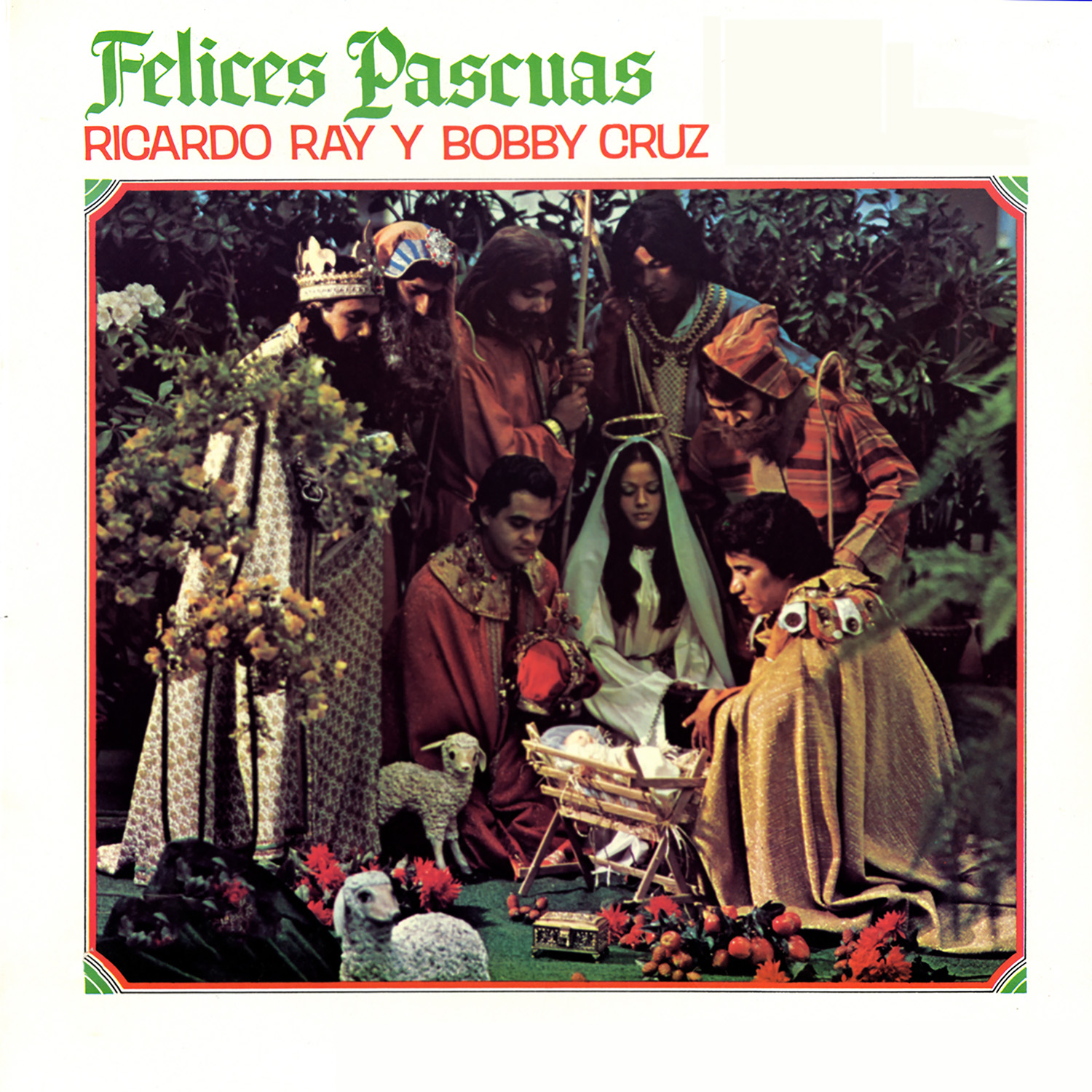
Bobby Cruz & Ricardo Ray – Felices Pascuas
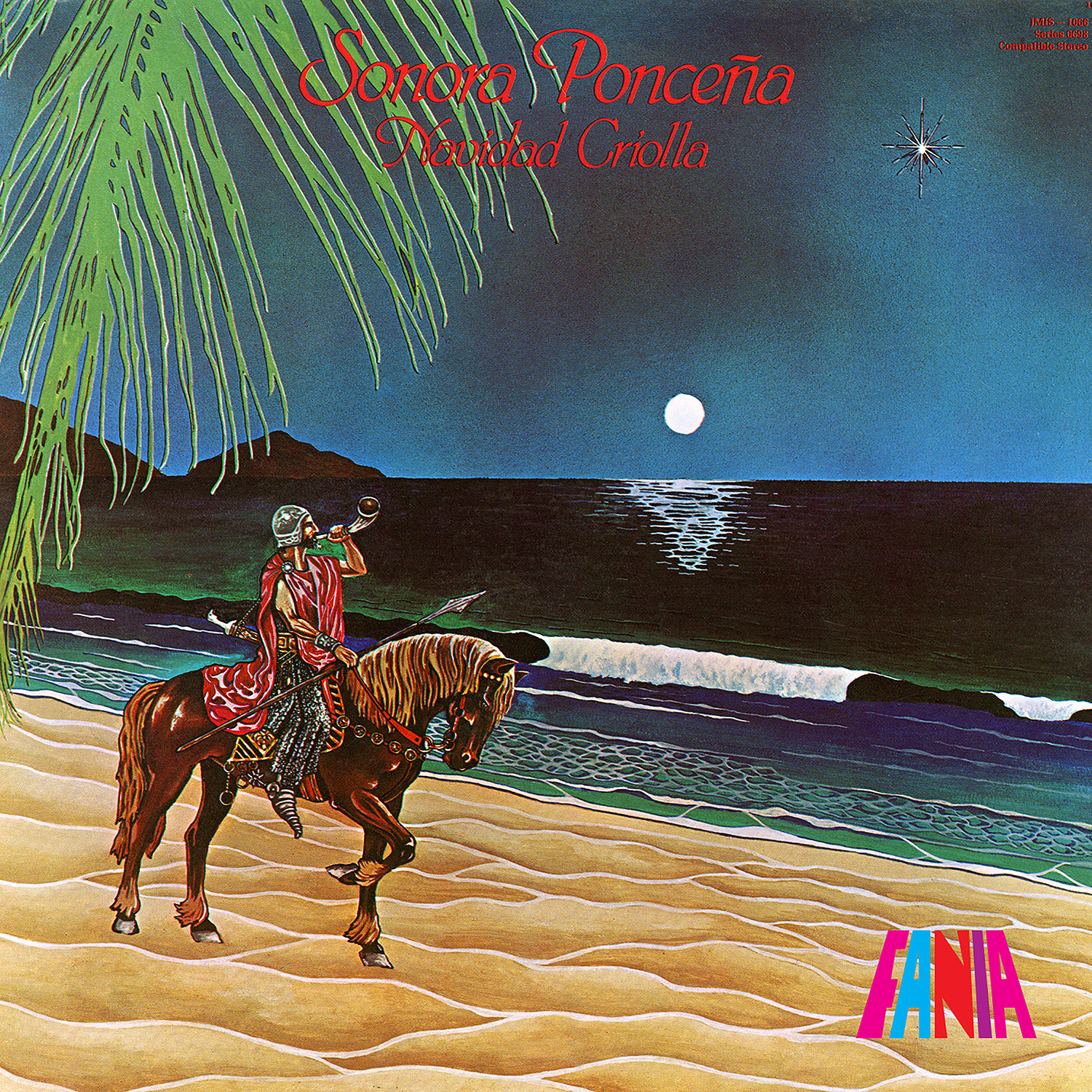
Sonora Ponceña – Navidad Criolla

Cheo Feliciano – Felicidades
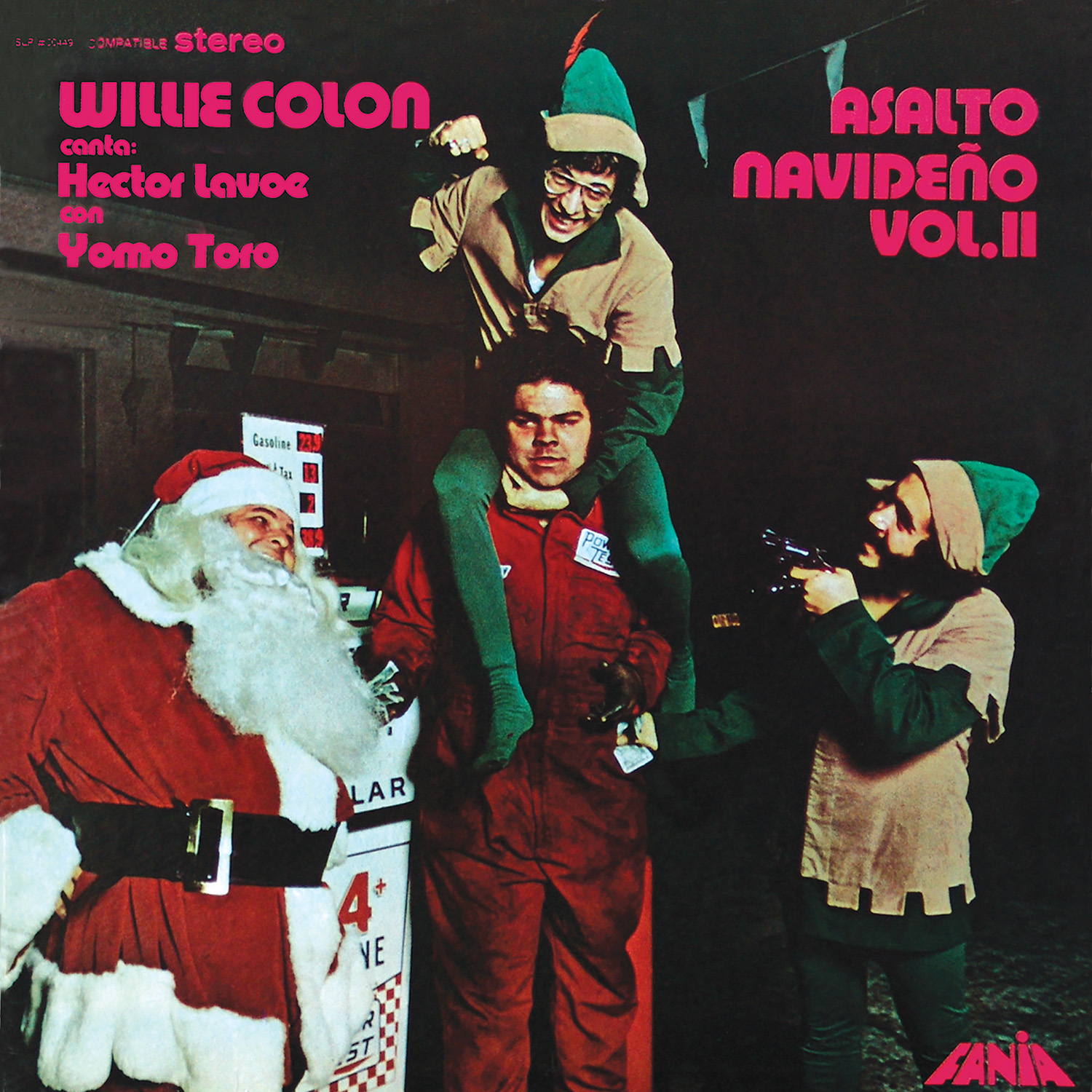
Héctor Lavoe, Willie Colón & Yomo Toro – ASALTO NAVIDEÑO VOL. II
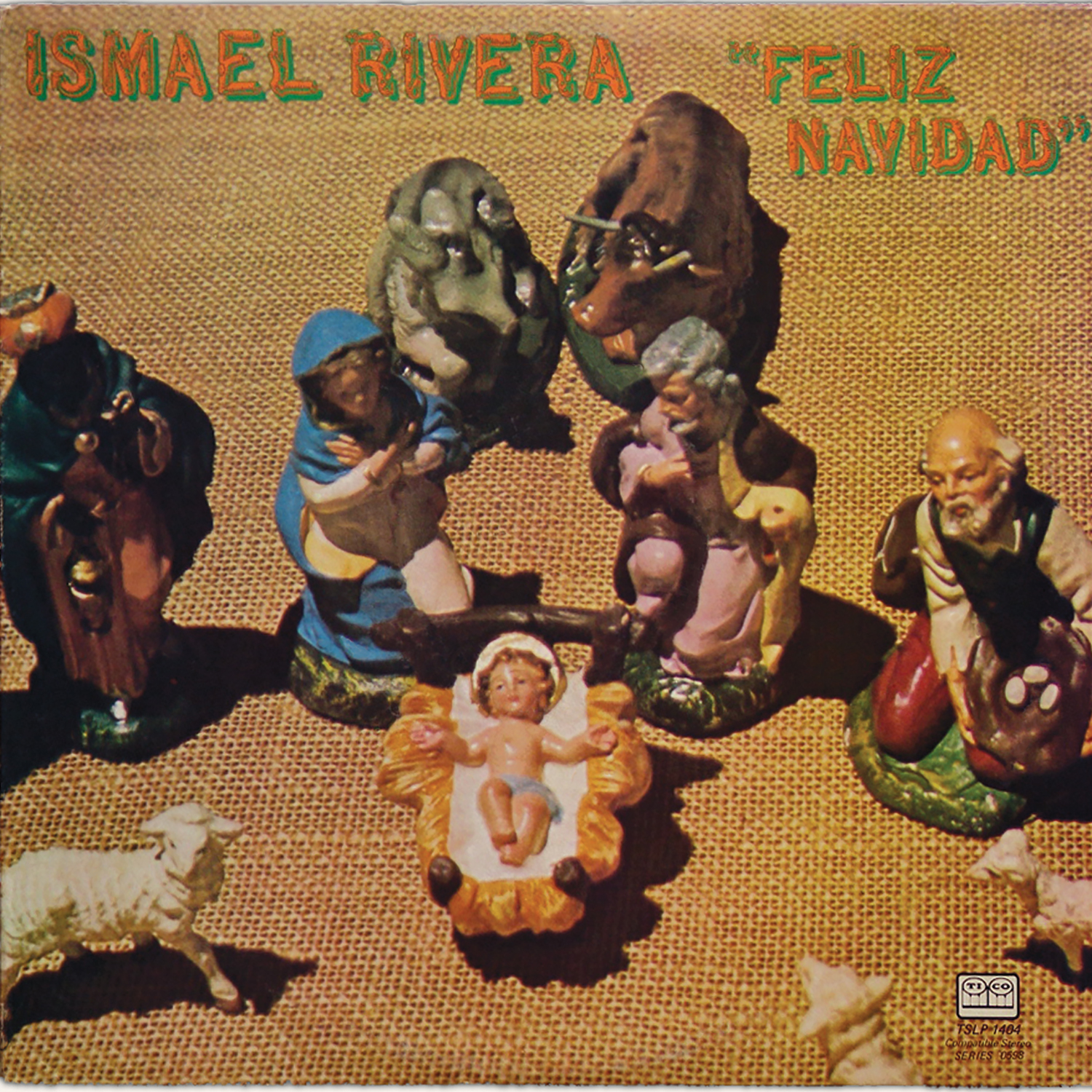
Ismael Rivera – Feliz Navidad
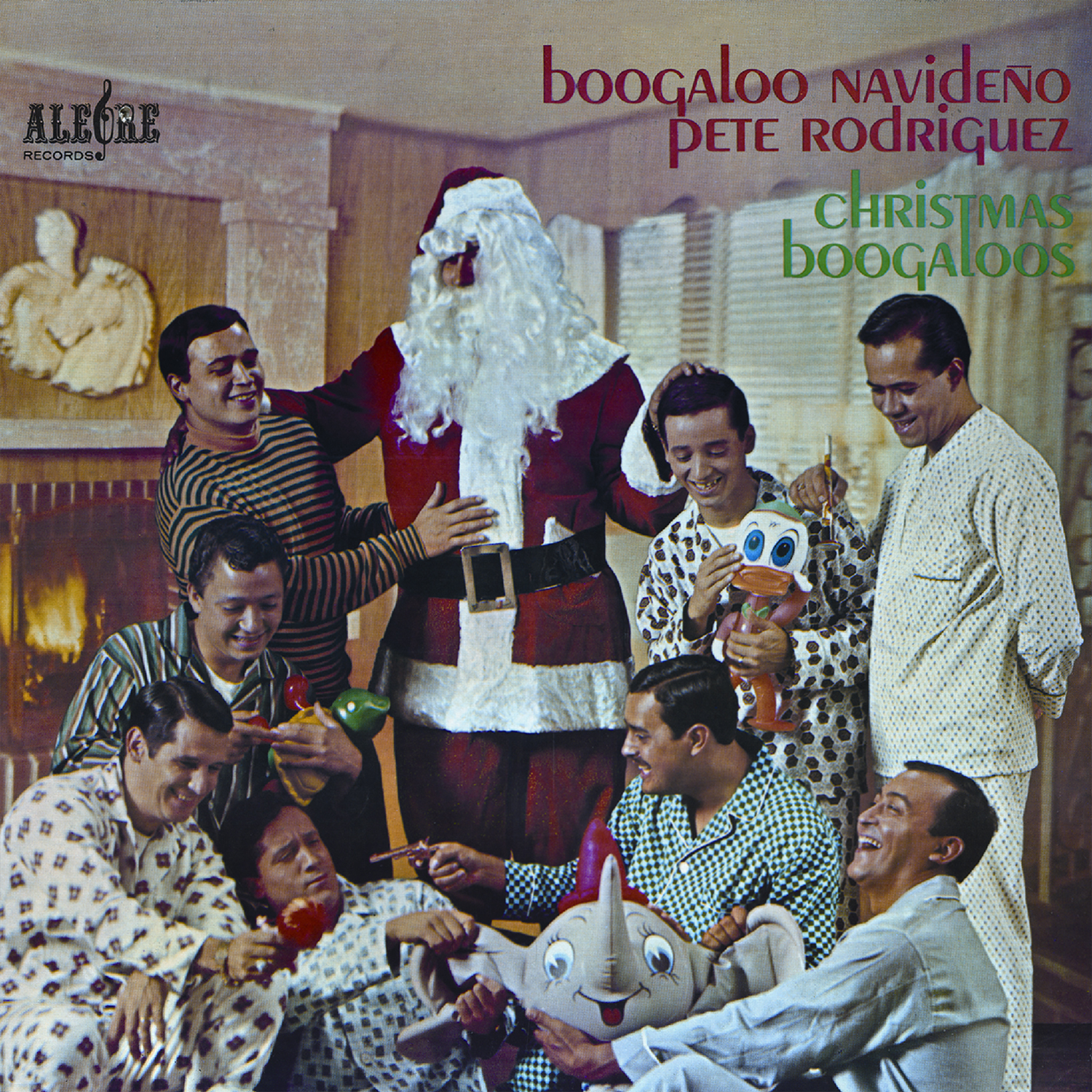
PETE RODRIGUEZ – BOOGALOO NAVIDEÑO
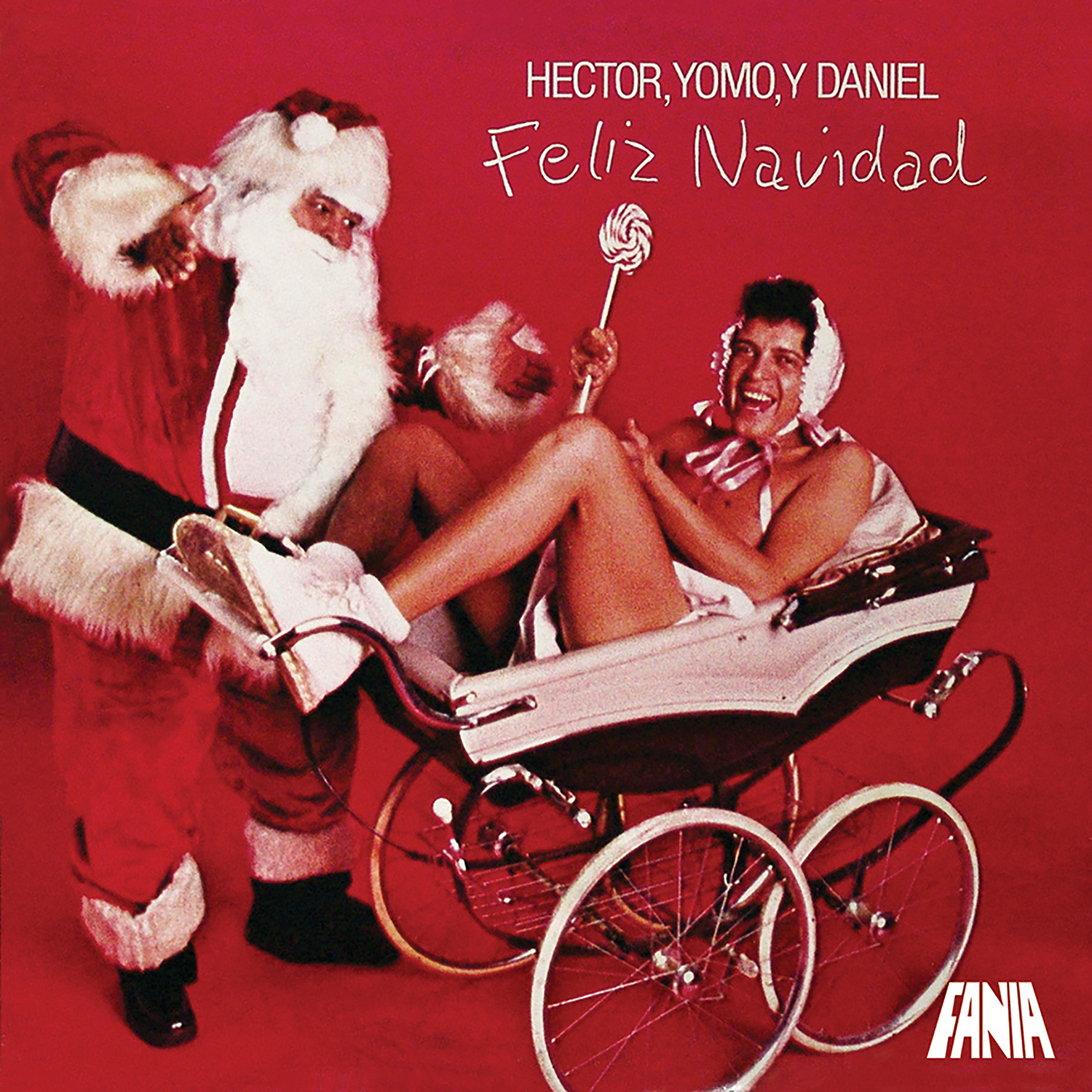
Héctor Lavoe, Daniel Santos & Yomo Toro – Feliz Navidad
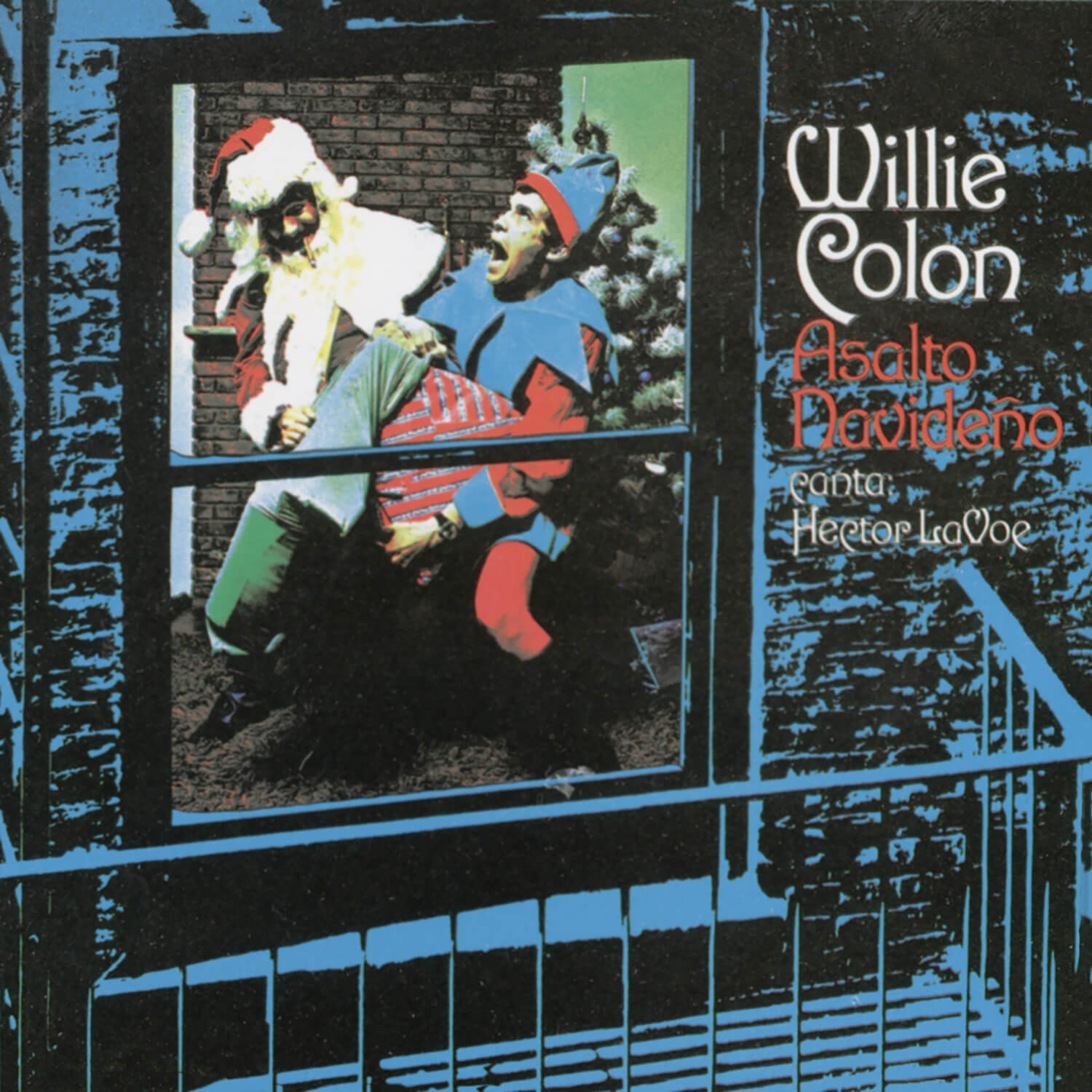
Willie Colón & Héctor Lavoe – Asalto Navideño
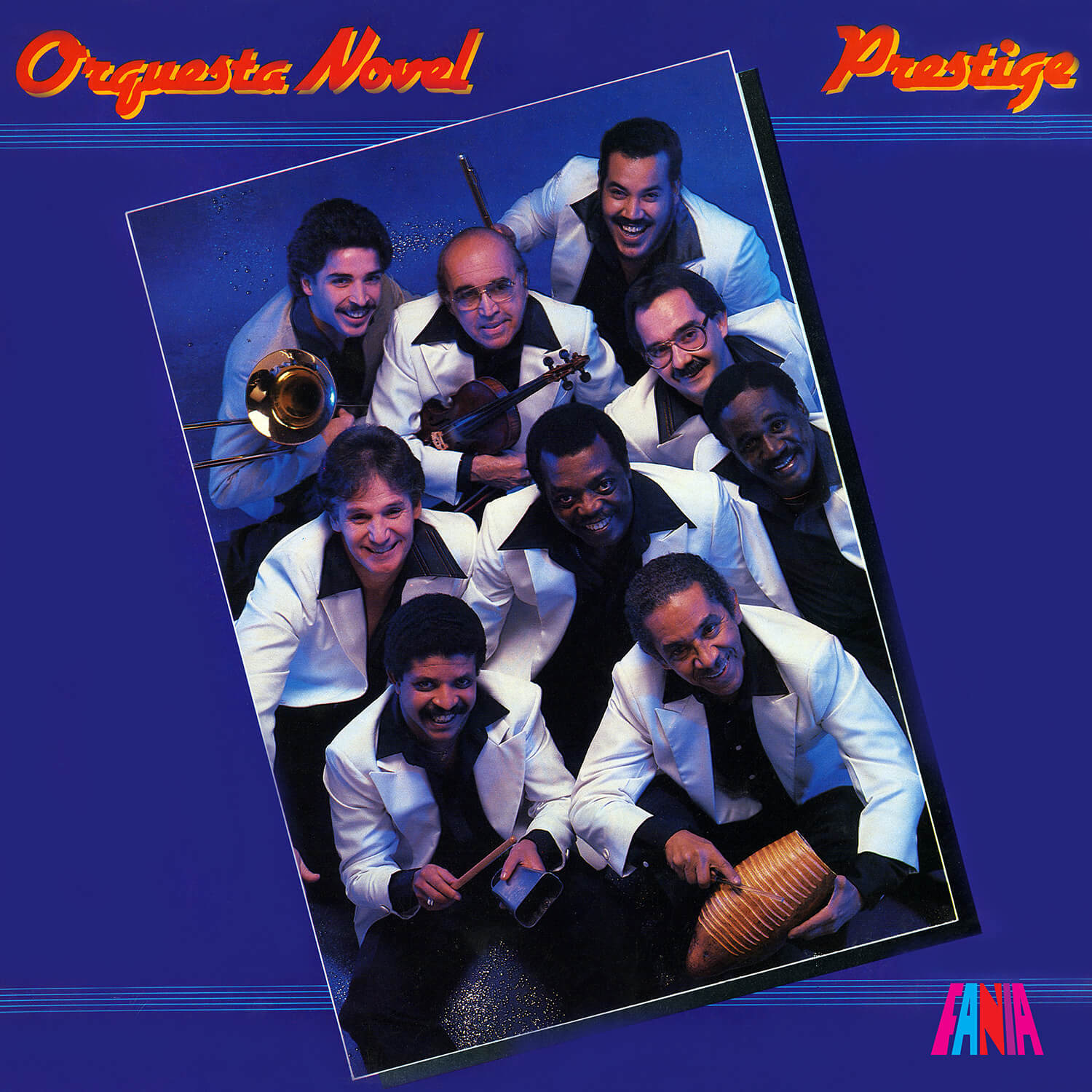
Orquesta Novel – Prestige
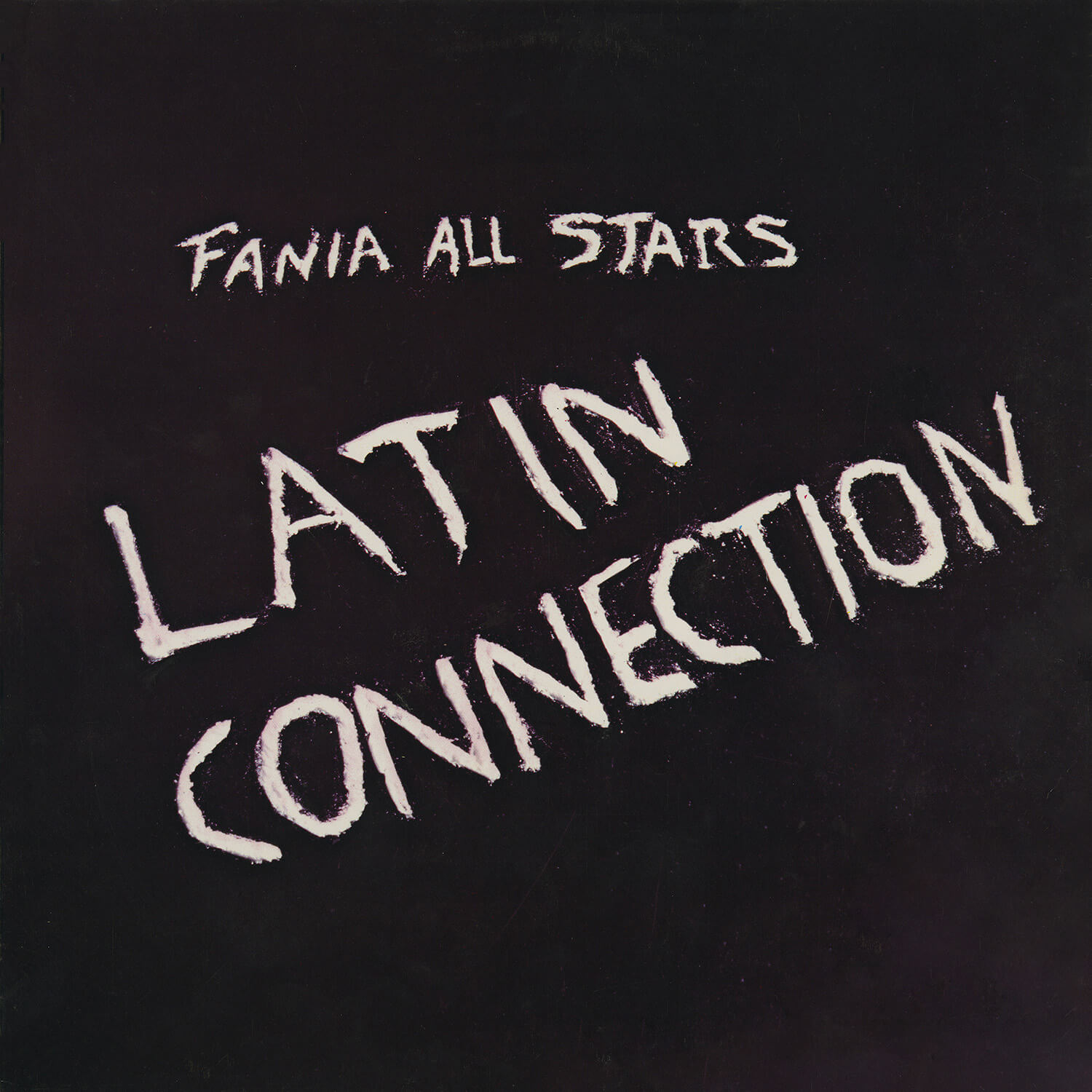
Fania All Stars – Latin Connection
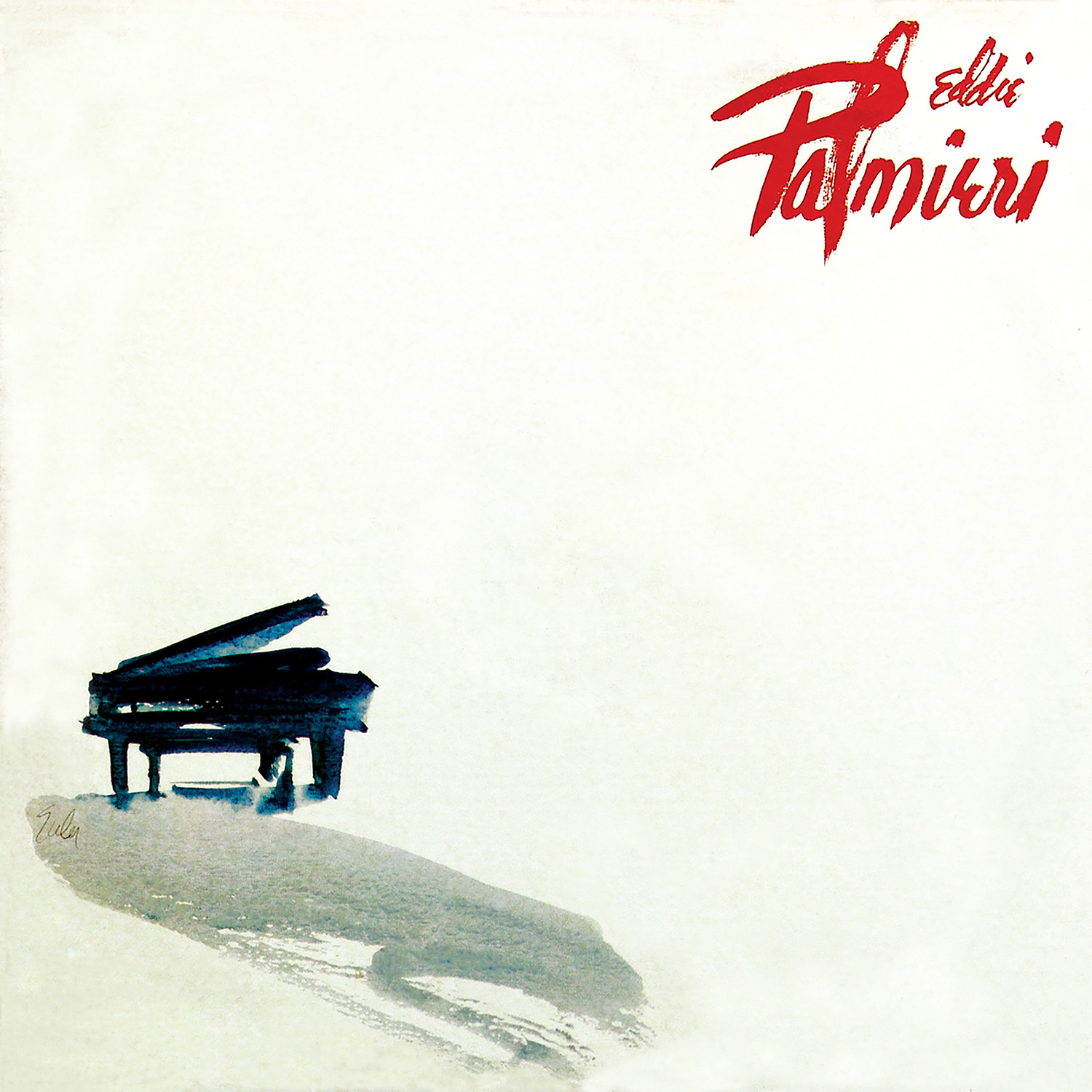
Eddie Palmieri
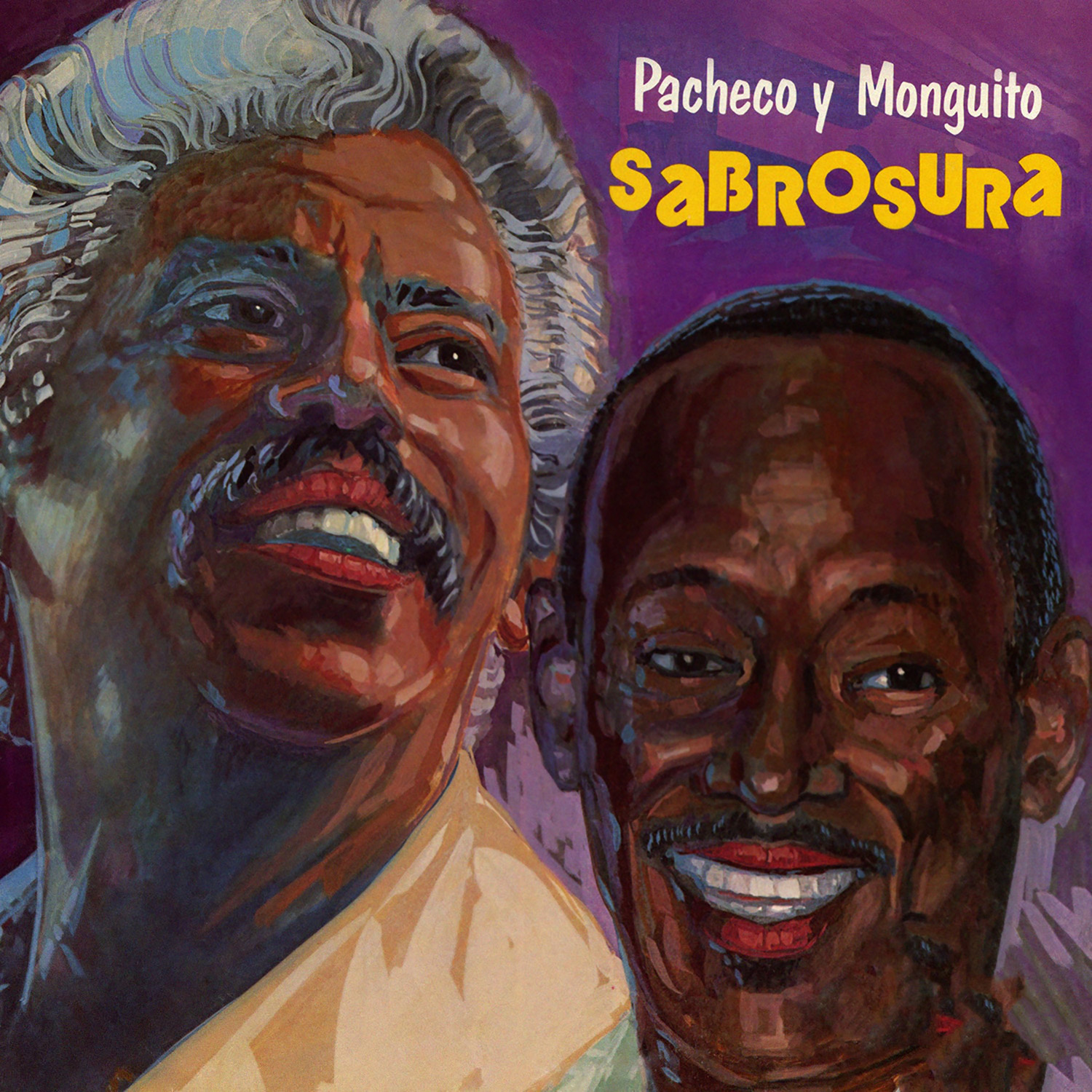
Johnny Pacheco & Monguito “El Único” Santamaría – Sabrosura
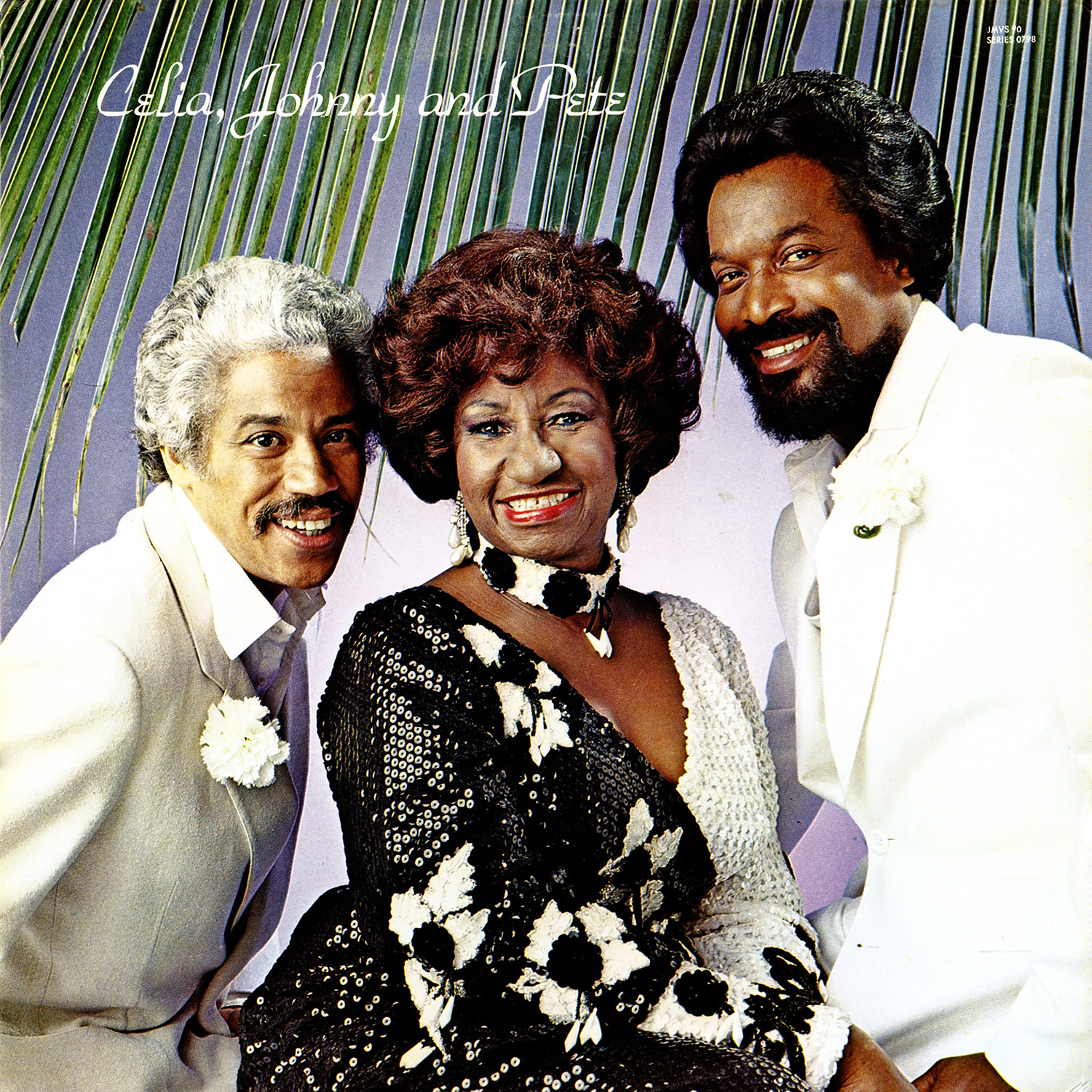
Celia, Johnny And Pete
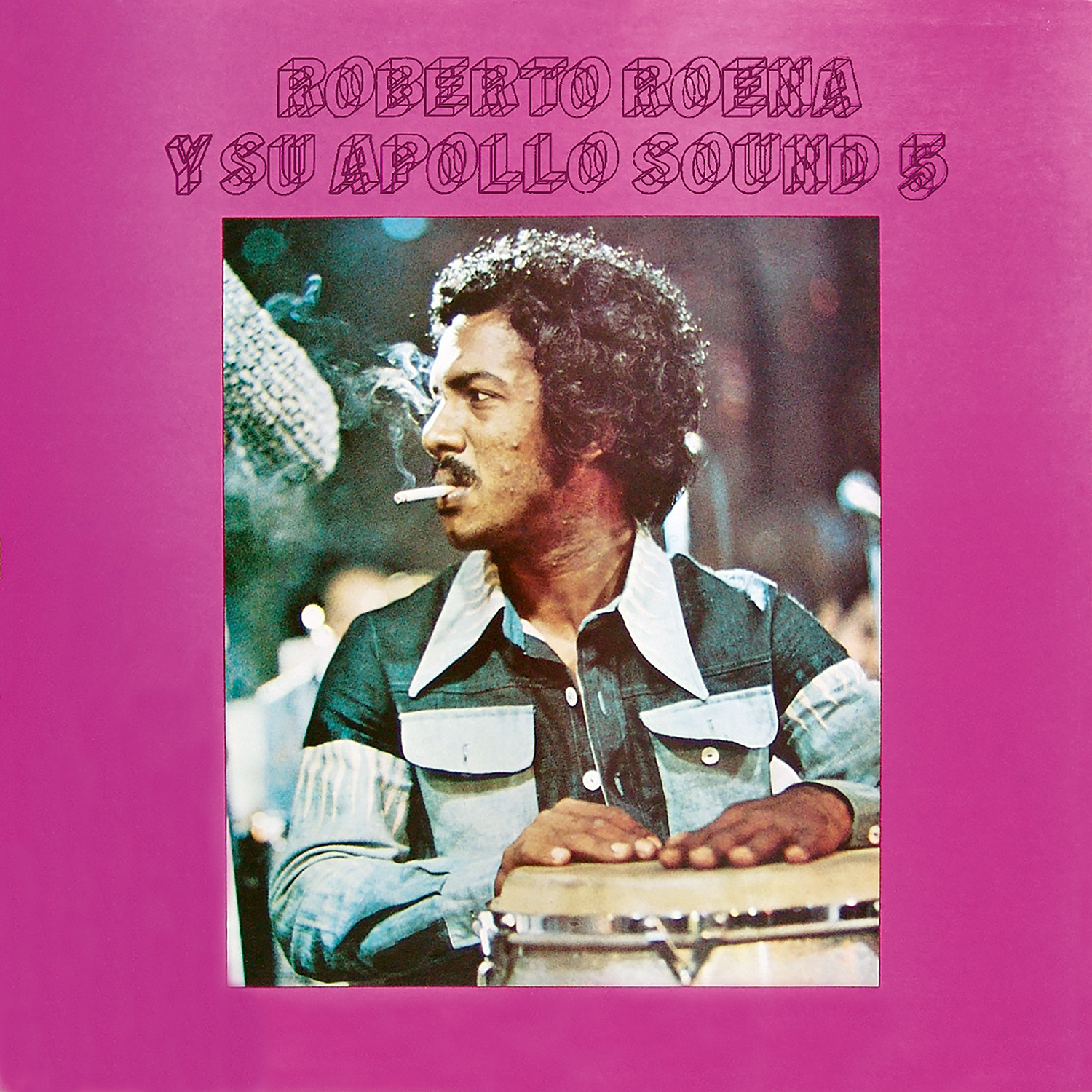
Roberto Roena Y Su Apollo Sound 5

Héctor Lavoe – El Sabio
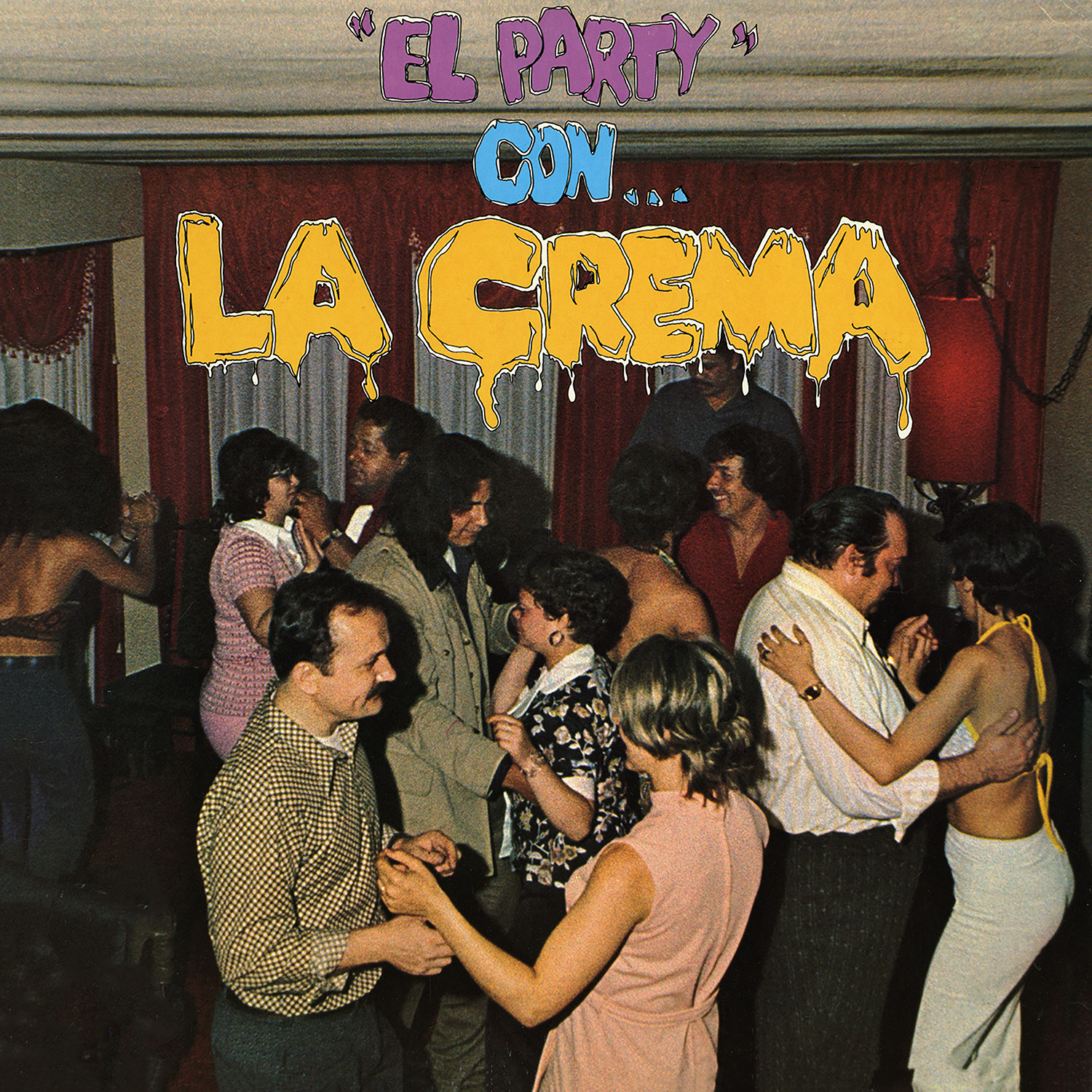
La Crema de New York – El Party

Azuquita Y Su Orquesta Melao – Pura Salsa
